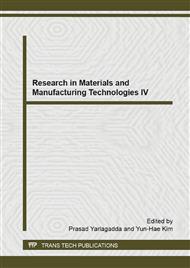p.751
p.757
p.767
p.771
p.776
p.780
p.788
p.794
p.799
Optimization of Sound Source Model for the Simulation of High Speed Train Interior Noise Using Finite Element Method
Abstract:
When finite element method was adopted in acoustic analysis, area source was defaulted to be of the same amplitude and phase in its whole region. While in practical, there are differences in amplitude and phase between different parts of the area. In this paper, the area source was divided into several sub-area sources so that the source can be modeled with higher accuracy. The optimized area sources were used in simulation of interior sound field of high-speed train. Calculations prove that the simulated result has very good agreement with the measured one.
Info:
Periodical:
Pages:
776-779
Citation:
Online since:
December 2014
Authors:
Price:
Сopyright:
© 2015 Trans Tech Publications Ltd. All Rights Reserved
Share:
Citation:


